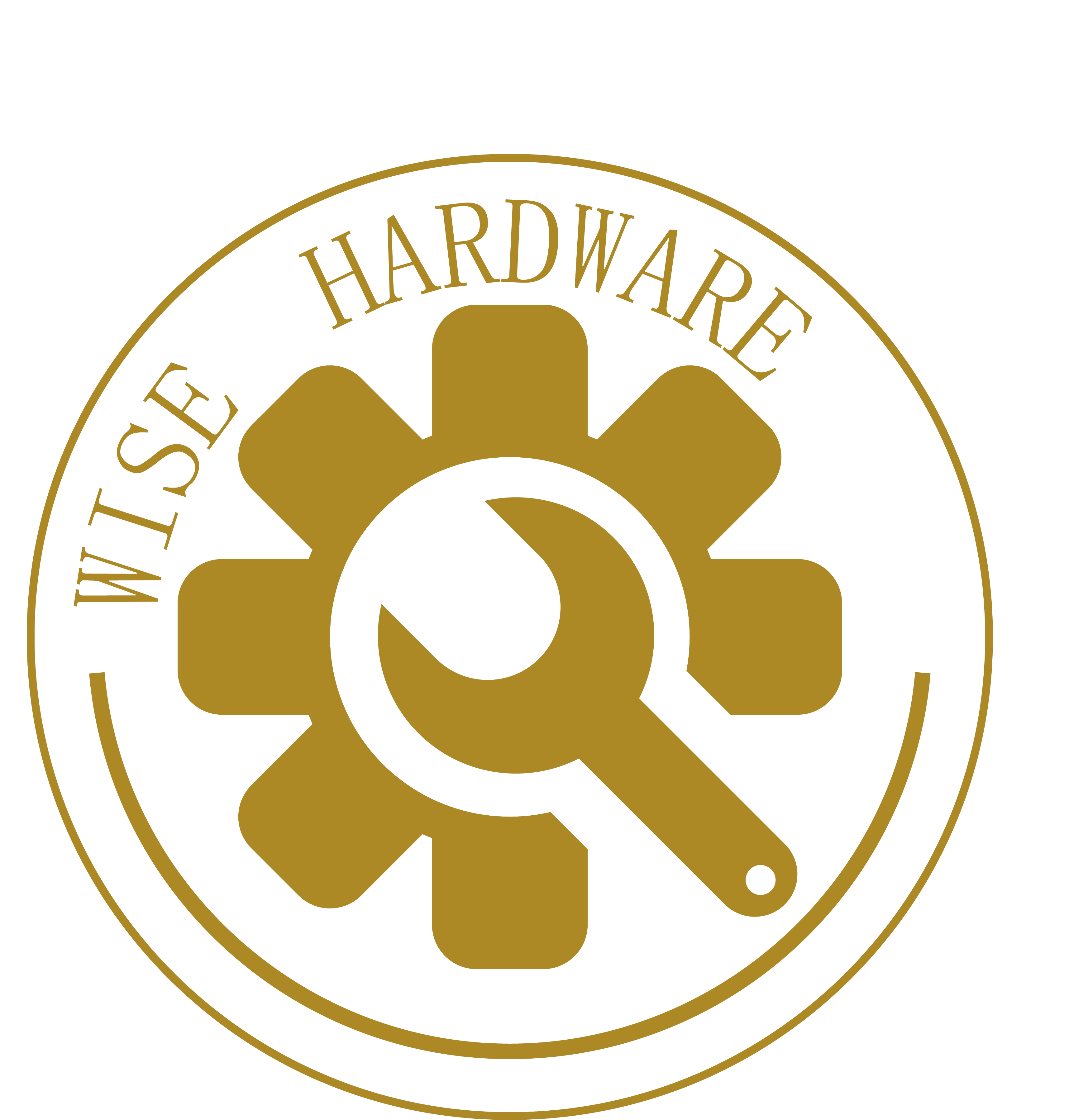Leave Your Message
In recent years, the demand for high-quality box handles has surged, driven by a growing emphasis on product durability and consumer safety across various industries. According to a recent market report by Smithers Pira, the global packaging market, which includes box handles, is projected to reach over $1 trillion by 2024, with a significant portion attributed to e-commerce and retail sectors. This increasing market size underscores the importance of using durable and reliable components, such as box handles, that adhere to industry standards. Understanding the intricate landscape of industry certifications and best practices not only aids manufacturers in maintaining compliance but also empowers them to make informed decisions when selecting suppliers. Therefore, navigating the complexities of box handle specifications and recognizing key industry standards are essential steps for businesses that aim to thrive in this competitive environment.

When selecting high-quality box handles in today’s global market, it’s essential to recognize the diverse materials and designs available. Start by considering the functionality and durability of the handle. For instance, metal handles often offer enhanced strength and longevity, suitable for heavier boxes, while plastic options can provide lightness and cost-effectiveness for lightweight packaging. Evaluating the handle's ergonomics is also crucial; a well-designed handle ensures ease of use and comfort, especially during prolonged handling.
Another critical aspect is to assess the supplier's reputation and compliance with industry standards. A reliable supplier should provide certifications that demonstrate their commitment to quality and safety. It's beneficial to seek out suppliers who engage in sustainable practices, as consumers increasingly prefer eco-friendly options. Furthermore, engaging with your supplier early in the design process can lead to insights about innovative materials and trends, ensuring the handle you select not only meets current market demands but also aligns with future expectations.

When it comes to box handles, understanding industry standards is crucial for ensuring safety, functionality, and durability. Key standards often include criteria related to material strength, ergonomic design, and load capacity. For instance, the American National Standards Institute (ANSI) outlines specifications for handle dimensions and weight tolerance, which manufacturers must adhere to when producing box handles. This ensures that handles can support the weight they are intended to carry without compromising the integrity of the box.
Moreover, compliance with safety standards, such as those established by the Occupational Safety and Health Administration (OSHA), can greatly enhance user protection. These regulations address potential hazards associated with improper handle use or substandard materials. When selecting a supplier, it's essential to verify their adherence to these industry standards. A reliable supplier will not only provide quality materials but will also be well-versed in the latest industry regulations ensuring that their products meet or exceed established safety and quality benchmarks. Choosing the right supplier is integral to manufacturing products that fulfill customer expectations while prioritizing safety and reliability.
When evaluating suppliers for box handle manufacturing, it’s essential to consider several key factors that align with industry standards. According to a recent industry report by Smithers Pira, the global packaging market is projected to reach $1 trillion by 2027, with an increasing demand for sustainable and ergonomic designs. This growth highlights the importance of selecting a supplier that not only complies with the latest standards but also demonstrates innovation in materials and design processes.
One critical aspect to assess is a supplier's commitment to sustainability. Reports indicate that 72% of consumers prefer brands with eco-friendly packaging options, which means a supplier that prioritizes sustainable practices will align well with market trends. Furthermore, quality assurance processes are paramount; look for suppliers that are certified in quality management systems like ISO 9001. This certification ensures that they adhere to international quality standards, minimizing defects and enhancing the overall durability of the handles. A thorough evaluation based on these criteria will help companies secure a reliable partner in the competitive box handle manufacturing landscape.

Quality control plays a pivotal role in ensuring the reliability and durability of box handles, which are crucial components for ease of transport and usability. Manufacturers must implement rigorous quality control measures throughout the production process to guarantee that handles can withstand day-to-day stresses and support varying loads. This includes testing materials for strength, durability, and resistance to environmental factors, ensuring that the final product meets industry standards.
In addition to material testing, regular inspections and adherence to standardized procedures during assembly are essential. Quality control teams should monitor each phase of production, identifying potential issues early on to avoid costly errors and maintain consistent quality. Collaborating with reliable suppliers who prioritize quality control can further enhance this process, as it guarantees that only the best materials and practices are used.
Ultimately, a strong focus on quality control ensures that box handles not only meet customer expectations but also contribute to the overall functionality and safety of products they are designed to support.
In recent years, the design of box handles has evolved significantly to meet the demands of international markets. With a growing emphasis on functionality and aesthetics, manufacturers are now exploring innovative materials, ergonomic designs, and sustainable practices. The use of lightweight yet durable materials, such as high-strength plastics and metals, not only enhances the usability of box handles but also improves the overall consumer experience. This shift towards more functional designs is fueled by the increasing expectation of consumers for products that offer both practicality and style.
Additionally, trends such as customization and personalization are becoming prevalent in box handle design. Suppliers are now offering a range of options to cater to diverse cultural preferences and market needs. For instance, incorporating unique shapes, colors, and textures allows businesses to create more appealing and distinctive packaging solutions. As globalization continues to shape consumer behavior, the ability to adapt box handle designs to meet various aesthetic demands is crucial for suppliers looking to expand their reach in international markets. Emphasizing innovation in box handle design not only positions brands for success but also aligns with the sustainability goals that many consumers prioritize today.
| Dimension | Material | Weight Capacity (lbs) | Innovative Features | Market Trends |
|---|---|---|---|---|
| 4" x 3" | Plastic | 10 | Ergonomic Grip | Sustainability |
| 6" x 5" | Metal | 15 | Anti-Rust Coating | Customization |
| 5" x 4" | Wood | 20 | Natural Finish | Eco-Friendly Materials |
| 7" x 6" | Rope | 30 | Flexible Design | Minimalist Trends |
| 3" x 2" | Composite | 8 | Moisture Resistance | Smart Design |
